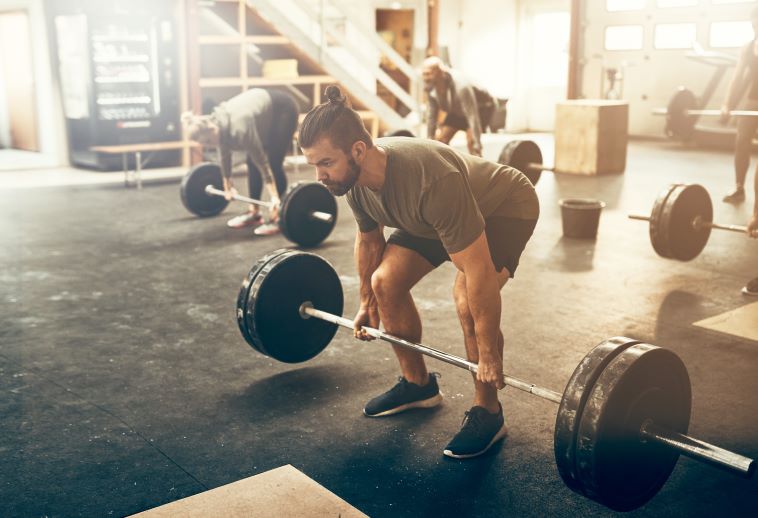Nearly everyone on a diet will constantly track and monitor their weight and use this as an indication of progress. The scale isn’t the only way to show how well a diet is working, however, it’s a useful tool in tracking progress and making adjustments over time.
If you use this as a sign of progress for weight loss, you should use a similar method for tracking progress in the gym.
Why you need to track your workouts:
One of the easiest and simplest ways of seeing progress in the gym is to log and track your workouts. You can use a notepad, notes app on your phone or even dedicated workout apps designed for logging workouts and for something you can do whilst resting between sets, the benefits are numerous!
Progressive Overload
The human body is very good at adapting. To grow and get bigger and stronger you need to constantly force the body into changing, therefore you need to utilise progressive overload. This is done by lifting more weight, using the same weight for more reps or using the same weight whilst taking shorter rest periods. Simply keeping a record of your workout means you can look back on it the following session and see where you need to add weight or reps, in order to be constantly progressing and forcing your body into new adaptations.
Setting Goals & Targets
When setting a weight loss target you use the scales as a way of tracking progress, therefore when setting goals in the gym you will need to track these in a similar manner. Having this written down each workout allows you to see how you are progressing over time and also how far you still need to go. This can have a powerful psychological influence and set a clear guideline for each workout.
Sense of Purpose
Being able to look back at your previous workout and seeing your numbers logged gives you a great sense of purpose for the workout ahead. When you see what you need to improve for the workout ahead you will be more focused going into the workout and more likely to achieve the small milestones each workout that will add up to greater progress over time. Looking to add 1kg to your squat each workout would lead to a 50kg increase after 50 workouts, thinking in terms of increasing a lift 1kg is a lot less daunting mentally then focusing on 10kg+ increases. It’s much easier mentally and physically to focus intently on small improvements each workout than it is to go into a workout forgetting what you lifted last time and having to make it up on the spot, it will be harder to focus on continuous improvement this way.
Accountability
Keeping a log of your workouts keeps you accountable for your progress. When you don’t track workouts it’s easy to say you’ve had an ‘off day’ and will make up for it next time or that you’re not in the mood to train legs today so you do some bicep curls instead because it’s easier. Making a note of your training, good and bad sessions, will truly keep you accountable for your progress.
To see and evaluate progress, you need to track and log workouts to see where you currently are, and what you need to do moving forward in order to reach your goals.
About the Author
Simon Byrne is a health and fitness writer covering a range of subjects including training, nutrition and supplementation. Whilst currently a certified nutritionist, he is also studying towards a degree in sports nutrition. Outside of the fitness industry, Simon’s career is in venue and events management.



